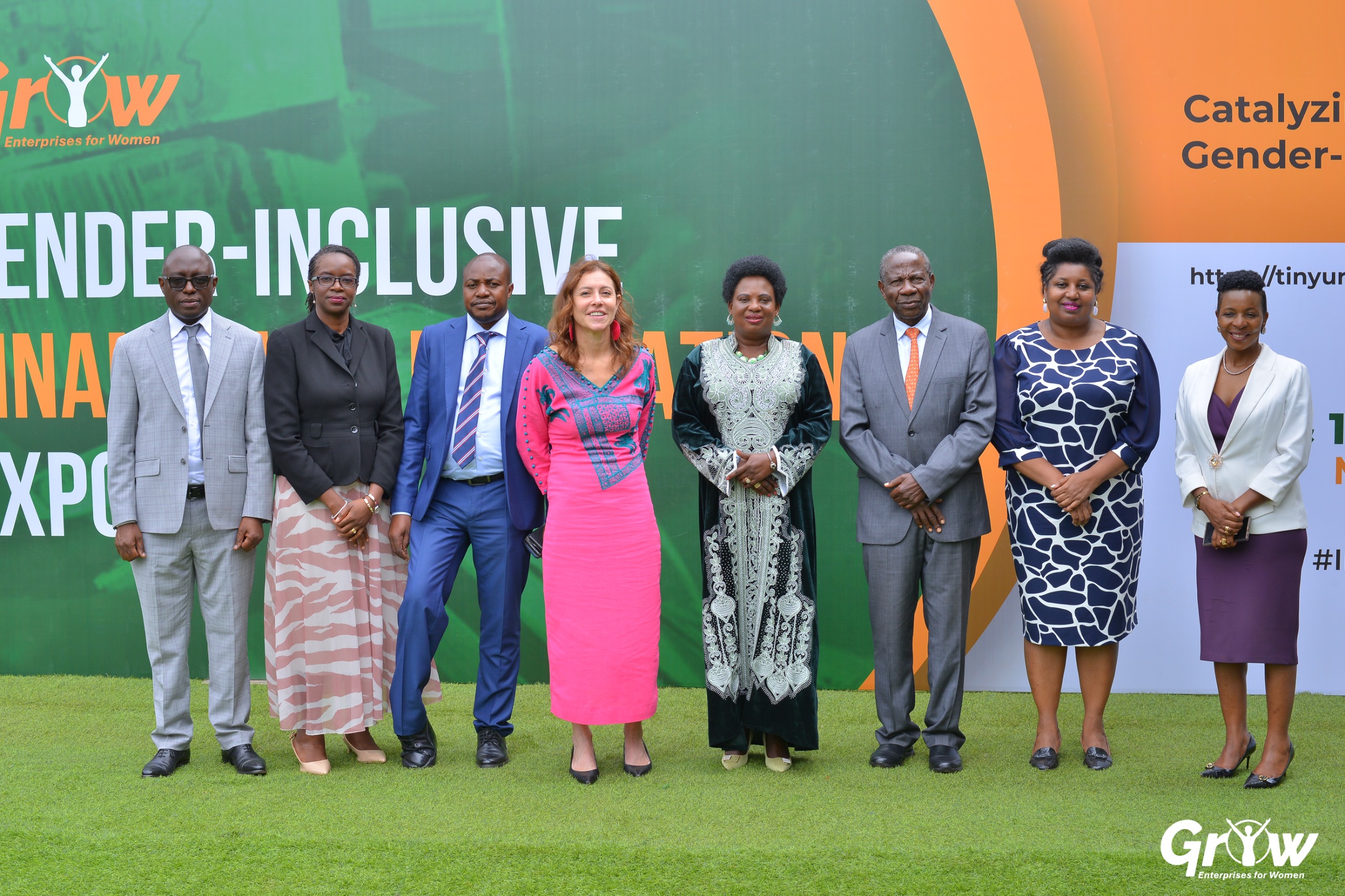One cannot disassociate the Karamoja sub region from NGOs and donors. To demonstrate the usefulness of NGOs in Karamoja, let’s begin with Caravan (2019), who noted that during the great famine in Karamoja in the late 1970s, twenty-one per cent of the population died in the twelve months leading up to December 1980 due to starvation. Caravan further emphasizes that it was Non-Governmental Organisations (NGOs) that saved the people of Karamoja.
These NGOs acted as a state in Karamoja for nearly two decades, promoting sedentary farming, formal education, health care, and aid relief. What I want to convey to donors funding Karamoja and those interested in the region is our deep appreciation for their interest in Karamoja. First and foremost, we appreciate the funding you are sending to Karamoja and thank you so much indeed. However, a challenge in Karamoja is that some NGOs feel marginalized. For instance, a friend of mine who heads an NGO in Karamoja once shared his concerns with me.
He paused and asked, “Why don’t some donors give us funds directly? Don’t they trust us?” He then suggested, “Why don’t we form a Karamoja consortium?” These questions were too significant for me to answer, but essentially, he was questioning why some donors do not fund Karamoja NGOs directly. To address my friend’s concern about why some donors do not provide direct funding, I had to convince him by referencing an article titled “Mzungu’s Work: The Role of NGOs in Northern Uganda” by (Max Kelly, 2014). The article explains that the NGO world has significantly changed today. There is a shift from direct program implementation by NGOs to higher levels of “partnership” arrangements where the implementer is a local NGO or CSO.
However, writing from the perspective of Karamoja NGO, I disagree with Kelly’s ideology. Partnership arrangements have resulted in the exploitation of grassroots NGOs, turning them into “invoice collectors.”
Karamoja has NGOs with the capacity to handle donor funds, and my argument is that they should be given a chance with direct funding, followed by tight monitoring. If Karamoja NGOs receive direct funding from donors, they will have autonomy, control, and decision-making capabilities.
This means that if another donor decided to fund them, they will be able to provide audited reports, financial statements, human resources information, and all necessary documents. In an assessment on the role of NGOs, Wabwire (1993) revealed that one challenge with international agencies including donors in Karamoja, is the limited involvement of local people in meaningful planning. This can result in a high degree of passivity and dependency. Some may wonder why the Karamoja NGO staff is complaining so much.
Is he a victim of being an “invoice collector”? The answer may be beyond the scope of this article. My argument, however, is in favor of empowering grass roots NGOs in Karamoja.” I appeal to donors interested in Karamoja to consider developing a funding model that focuses on directly funding these grassroots NGOs, similar to the approach taken by GIZ.
If Karamoja grassroots NGOs continue to act solely as “invoice collectors”, there is a risk of creating what one Karamoja scholar has described as the “failing aid complex in North Eastern Uganda” (Caravan, 2024).
Ayub Mukisa (PhD)
Executive Director-Karamoja Anti Corruption Coalition (KACC)
Email: ayubmukisa@gmail.com
Do you have a story in your community or an opinion to share with us: Email us at editorial@watchdoguganda.com













